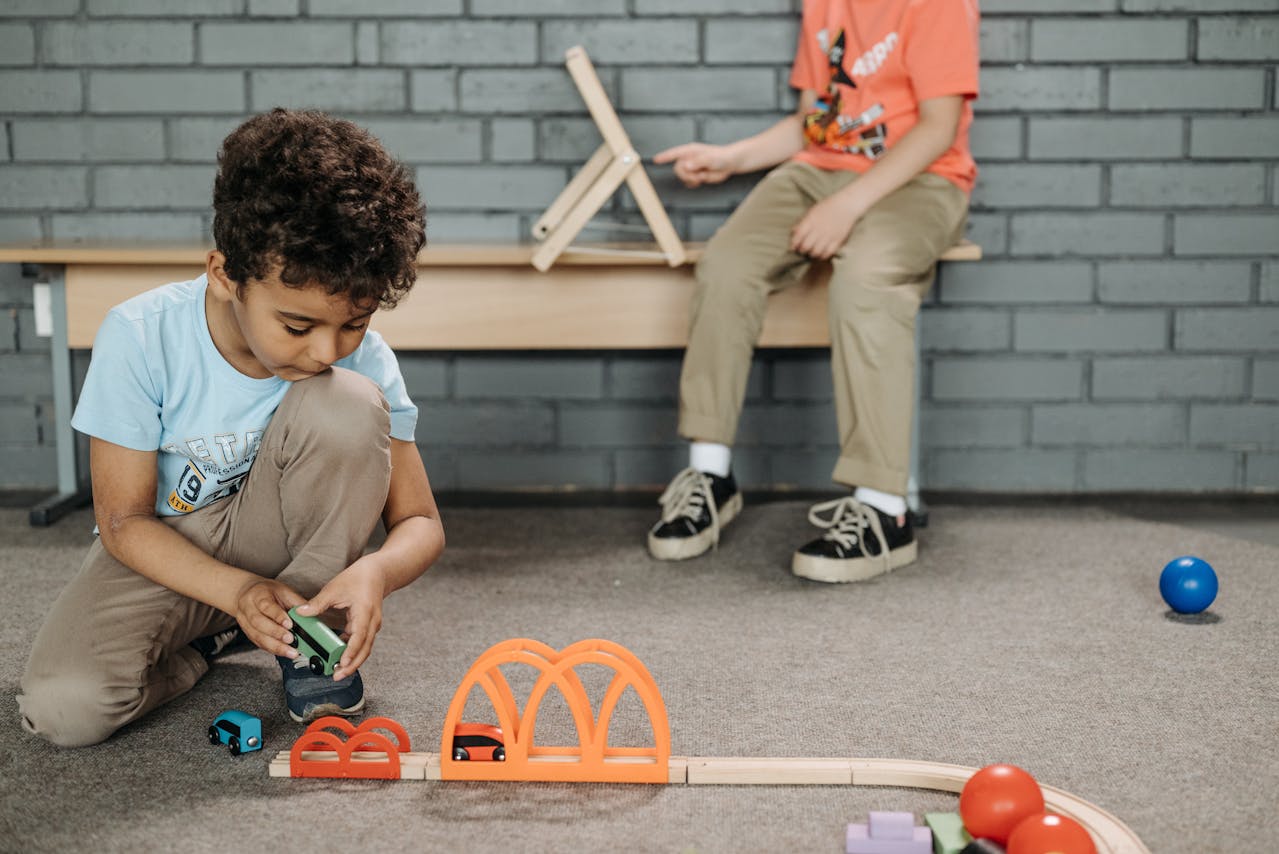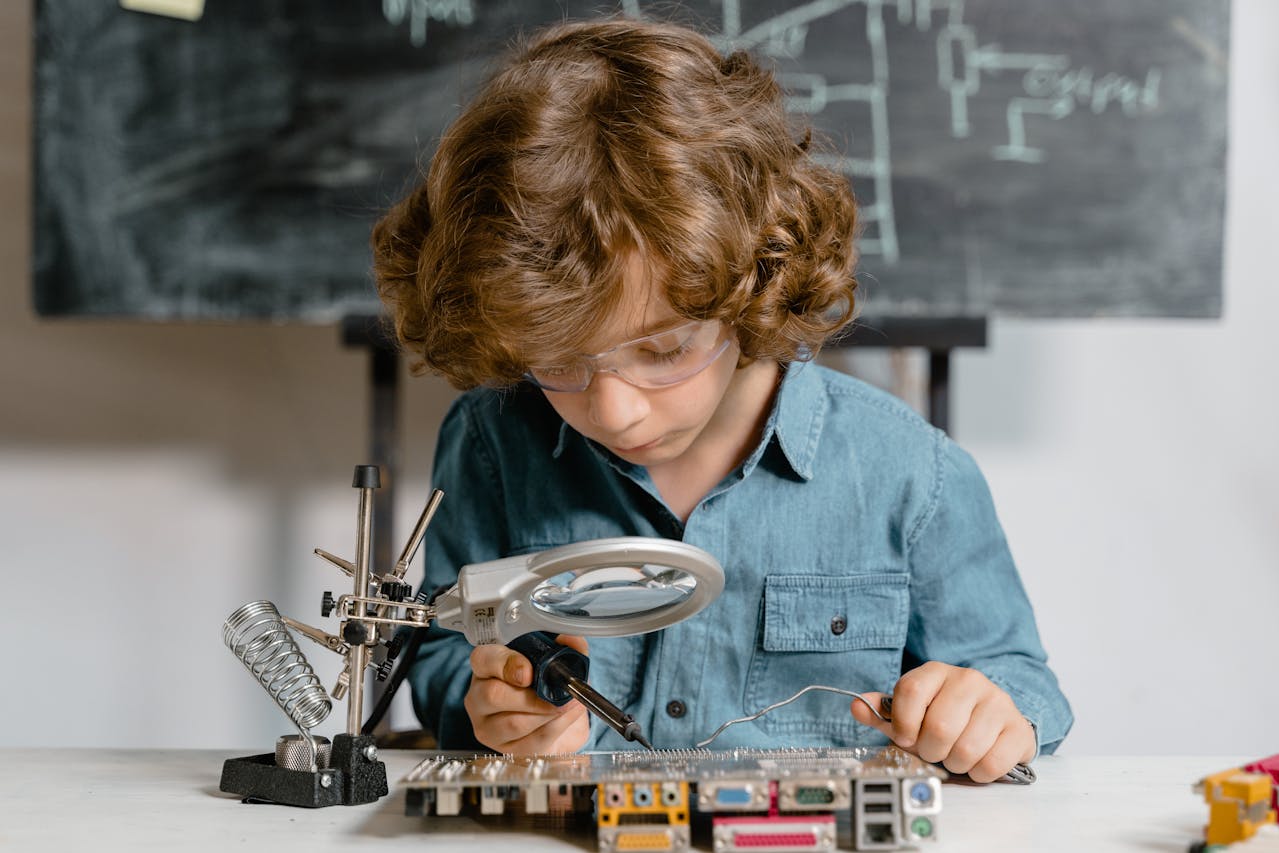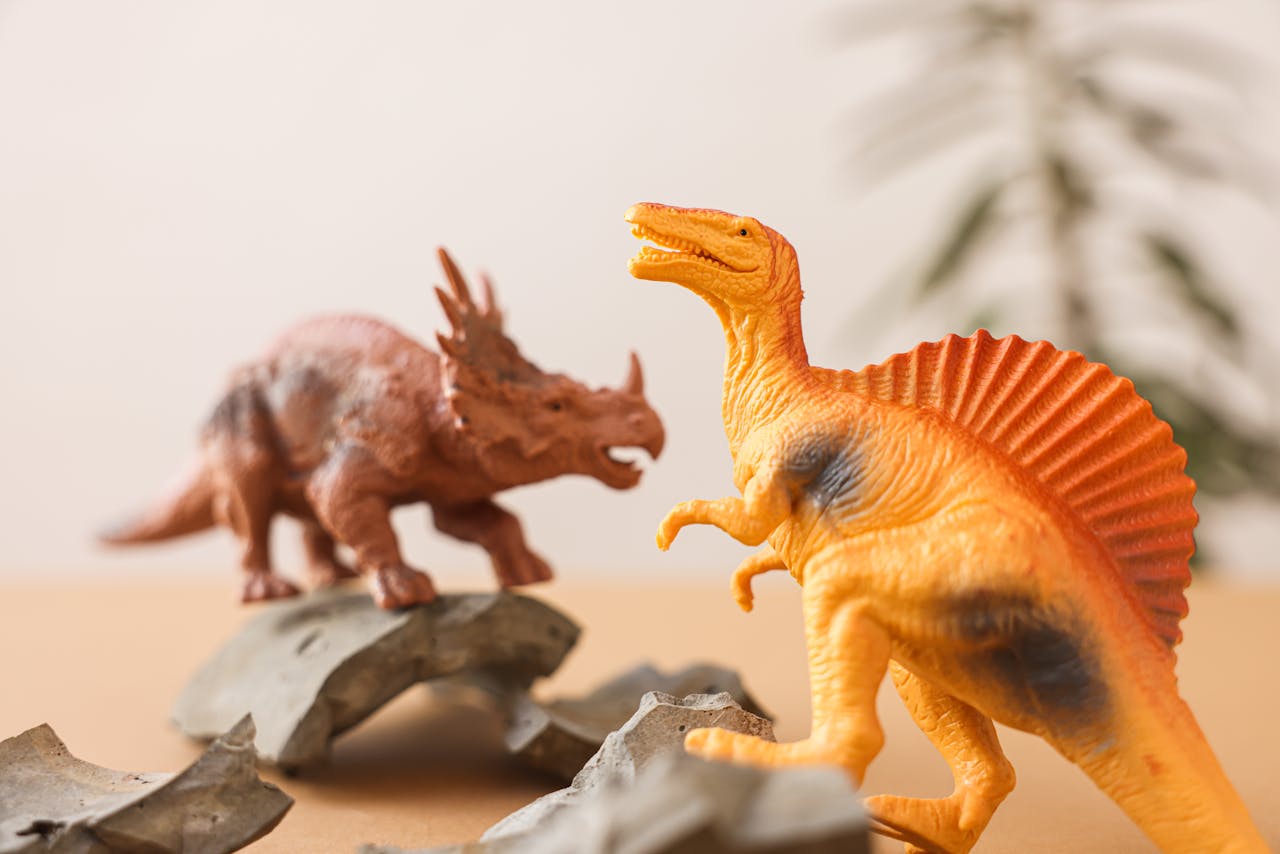“Knowledge is not transmitted. It is constructed.” — Jean Piaget
What happens in a child’s mind when they watch a pinwheel spin or a ball bounce the wrong way? According to the theory of constructivism, they’re not just seeing something new—they’re constructing understanding from the experience. Every choice, every surprise, every “why did that happen?” moment adds another layer to their mental model of the world.
At Museo dei Bambini, many exhibits are designed around this very idea: that children learn best when they actively build meaning—through trial, error, and self-reflection.
What Is Constructivist Learning?
Constructivism is a theory of learning developed by Swiss psychologist Jean Piaget. It holds that children aren’t passive recipients of knowledge—they’re active participants in making sense of the world. Learning happens when children encounter something unexpected, compare it to what they already know, and then reconstruct their understanding based on that experience.
This process is often non-linear. Children test ideas, see what works, revise, and try again. Constructivist environments embrace mistakes, encourage exploration, and value the child’s thought process over the “correct” answer.
Where social constructivism (from Vygotsky) emphasizes learning with others, Piaget’s constructivism emphasizes learning from within, based on personal discovery.
The Research Behind Constructive Thinking
Research indicates that when students engage with challenging problems before receiving direct instruction—a process known as “productive failure”—they develop deeper conceptual understanding and enhanced problem-solving skills. A study published in Educational Psychologist examined various learning approaches and found that students who initially struggled with problems without immediate guidance performed better in subsequent learning phases compared to those who received direct instruction from the outset. Sage Journals
Constructivist learning environments, which emphasize student-centered, inquiry-based instruction, have been shown to foster critical thinking and metacognitive skills. A systematic review published in the British Educational Research Journal synthesized research on constructivist instructional approaches and concluded that these methods effectively improve student learning outcomes by promoting active engagement and self-regulation.
Importantly, constructivist learning is not about chaos—it’s about structured freedom. Children have space to explore, but also the support and scaffolding to make sense of what they discover.
Constructivism in Action at Museo dei Bambini
Museo dei Bambini features several exhibits that invite children to form hypotheses, observe outcomes, and revise their thinking. These are not passive displays—they are labs for personal discovery.
Cause & Effect — Testing, Tinkering, Trying Again
This exhibit offers a collection of everyday objects—balls, ramps, levers, cranks—and invites children to build chain reactions. There’s no single solution. Children ask: “What happens if I turn this?” “Why didn’t it go?” “Can I try it another way?” It’s trial-and-error with a purpose—and it leads to real insights about motion, force, and time.
Chaos Wheel — Predicting the Unpredictable
The Chaos Wheel spins multiple objects of different sizes and weights. Children quickly realize they can’t perfectly predict what will happen each time. But rather than give up, they begin to notice patterns, adjust expectations, and accept variability—learning that some systems are sensitive to even tiny changes. It’s an early encounter with systems thinking and complexity science.
Kinetic Jams — Energy in Motion
In this rhythmic, mechanical setup, children create motion sequences by connecting gears, cranks, and levers. Sometimes the parts align beautifully; other times, the system jams. The lesson? Precision, alignment, and problem-solving are key—and learning happens just as much in the jams as in the success.
Wind Tunnel — Hypothesis in Flight
Children send objects into a strong upward airflow. Some shoot straight up, others spin wildly, some drop instantly. Why? They begin testing shapes, materials, and weight. “What if I fold it?” “What if I use something lighter?” Each experiment helps them refine their understanding of air pressure, lift, and form.
Spin to Life — Systems and Feedback Loops
This collaborative exhibit lets children control a circular ecosystem: spinning wheels that simulate energy, water, plants, and pollution. As they adjust one system, others are affected—sometimes in unexpected ways. The more they play, the more they realize that systems are interconnected. It’s a tactile, intuitive introduction to environmental science and balance.
What Educators Observe
“Constructivist learning can look messy,” says Paolo Greco, an educational psychologist who works with interactive science centers. “But it’s in that mess that real thinking happens. Children learn when they’re trying, not when they’re just watching.”
Museum facilitators often resist the urge to explain. Instead, they ask reflective questions: “What did you notice?” “What would you try next?” “Why do you think that happened?” This turns curiosity into intentional learning.
One staff member shared, “A child spent 10 minutes trying to get a ball to go around a spiral. It kept falling out. But he didn’t give up—he adjusted, changed his angle, and eventually made it work. You could see the pride on his face. That’s constructivism.”
What the Research Tells Us
A 2015 study published in Cognitive Science explored how children develop problem-solving abilities through exploration and revision. The research indicated that when children are allowed to experiment and learn from their mistakes, they develop stronger problem-solving skills and are more likely to apply their knowledge to new situations. This process of active learning enables children to construct a deeper understanding of concepts.
🔗 Children’s Learning Through Exploration – Cognitive Science
A 2009 review by Wylie and Chi from Arizona State University highlights the power of self-explanation as a learning strategy. When children are encouraged to articulate their reasoning during tasks—whether hands-on or conceptual—they tend to develop a deeper and more lasting understanding of the material. This process helps strengthen connections between new and existing knowledge, supporting both comprehension and problem-solving.
🔗 The Self-Explanation Principle in Multimedia Learning – Arizona State University
What Families Experience
Parents often note that their child’s museum play continues long after they leave. “She couldn’t stop talking about the wind tunnel,” said one father. “At dinner she was folding napkins and dropping them, trying to recreate what happened.”
Another parent said, “It was amazing to watch my son troubleshoot the gears over and over. He didn’t ask for help. He just kept thinking.”
Constructivist experiences spark not only knowledge but persistence, confidence, and joy in discovery.
Why Constructivist Learning Matters
In a world of instant answers, constructivism invites children to slow down and think for themselves. It teaches them that knowledge isn’t something handed down—it’s something built from experience, effort, and reflection.
And it equips them with lifelong tools: how to approach a problem, test an idea, revise a plan, and try again.
At home, families can support constructivist learning by embracing open-ended questions (“What do you think will happen?”), celebrating mistakes, and providing materials that encourage exploration—blocks, tubes, tools, art supplies. It doesn’t need to be fancy—it just needs to be theirs to explore.
Want to Learn More?
🔗 Jean Piaget – Constructivist Theory Summary
🔗 Productive Failure Research – Springer
🔗 Constructivism in Early Childhood – Educational Psychologist



